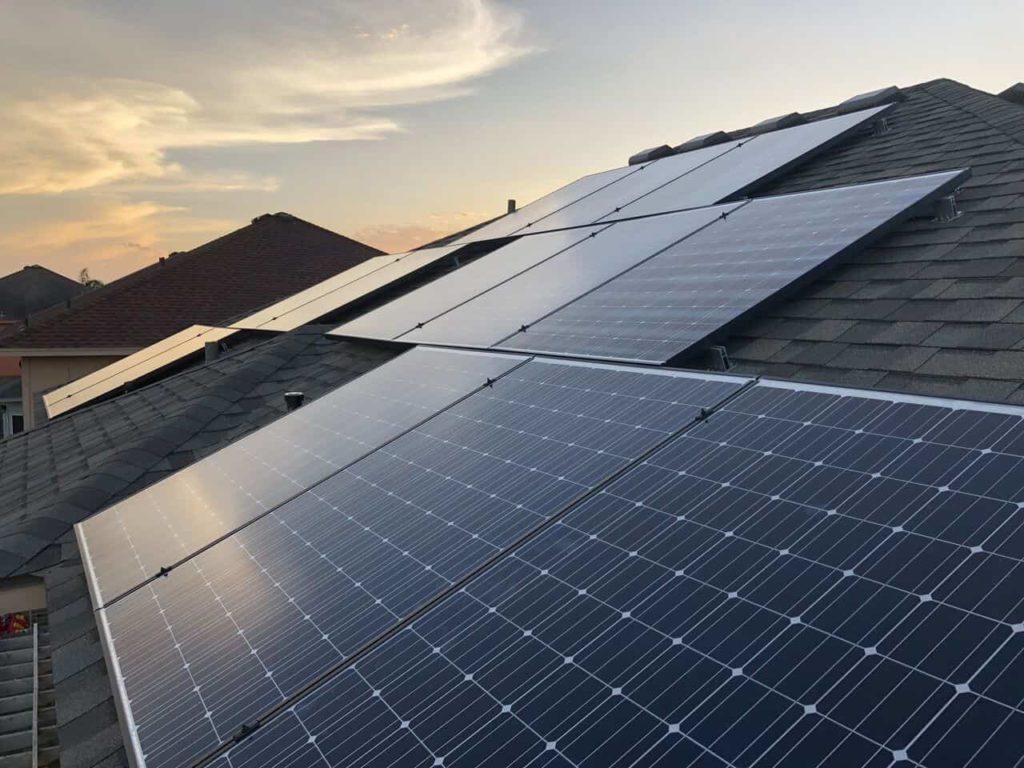Solar panel right-to-light

The price of gas and electricity is becoming a national disaster and so homeowners are looking at ways to generate their own electricity. This has led to an increase in solar panel installation, and there’s suddenly a debate about a right-to-light for energy generation.
However, before we start this conversation, you should understand what your right to light actually is.
There is a right-to-light act that exists in order to protect a person’s right to uninterrupted light to their property, specifically windows.
This act helps during planning of new buildings and can be used in disputes if you feel a new neighbouring construction is blocking adequate light.
You can submit your concerns through consultation with your local planning department.
A right to light dispute may only be taken seriously if light has been present through defined windows and doors of a building for an uninterrupted period of 20 years.
Is there a right to light when installing solar panels?
If you’re thinking about installing solar panels on your property, it’s important to be aware of neighbours’ rights to light.
The Rights of Light Act 1959 protects a property owner’s right to enjoy uninterrupted light from their premises. This means that if you install solar panels in a way that blocks someone else’s light, they may be able to take legal action against you.
But why is this important?
Not all roofs are angled correctly or face the correct position to obtain the optimum light, so a lot of people may use their land to place their solar panels. These panels could be installed on garage roofs and out-houses and therefore need planning permission.
There are some exceptions to this rule, however. If the obstruction is only temporary (for example, during the installation process), or if it doesn’t significantly reduce the amount of light that the other person receives, then there is no legal issue. Additionally, if you can show that the benefits of your solar panels outweigh the negative impact on the other person’s right-to-light, then you may be able to argue that your installation is justified.
If you’re unsure about whether your planned solar panel installation could obstruct someone else’s right to light, it’s a good idea to seek legal advice before proceeding. This will help you to avoid any potential problems down the line.
Do my actual solar panels have a right-to-light?
This, sadly, has not been a consideration but it’s likely to be an area of dispute as the number of housing extensions have increased ten-fold since 2021.
The courts have always had an unclear stance on whether or not solar panels are protected by law. There has been no clear answer as to which side of the argument they fall into, so until recently there’s never been any protection for these investments.
However, there have been successful cases where homeowners have won their battle to preserve light to solar panels. In particular there was a High Court ruling in William Ellis McLennan vs Medway Council and Ken Kennedy in 2019 that changed disputes in planning and climate change cases.
The local council granted planning permission for an extension that would block sunlight to a neighbouring property’s solar panels, only for this to be disputed legally and for the judge to overturn the planning permission on the basis that the electricity generated by solar PV panels was helping to mitigate climate change.
This was the first time that the courts have determined that the amount of light falling on solar panels should be a planning consideration.
The judge referred to Section 19(1A) of the Planning and Compulsory Purchase Act 2004, which requires development plan documents to include policies that contribute to the mitigation of, and adaptation to, climate change and to the provisions of the National Planning Policy Framework (NPPF).
Do architects and planners consider right-to-light before building?
Most architects will conduct a number of reports that include Daylight Planning if there are a number of neighbouring properties.
These can be residential or commercial and there are few reports or calculations that can be conducted.
- Overshadowing studies or Vertical Sky Component
- Annual Probable Sunlight hours
- Internal Daylight Assessments which calculate your Average Daylight Factor
So, if planning is granted in an area that could possibly block your solar panels access to sun, you can request that the architects produce a report that demonstrates overshadowing.
Resources
00874713.pdf (wokingham.gov.uk)






